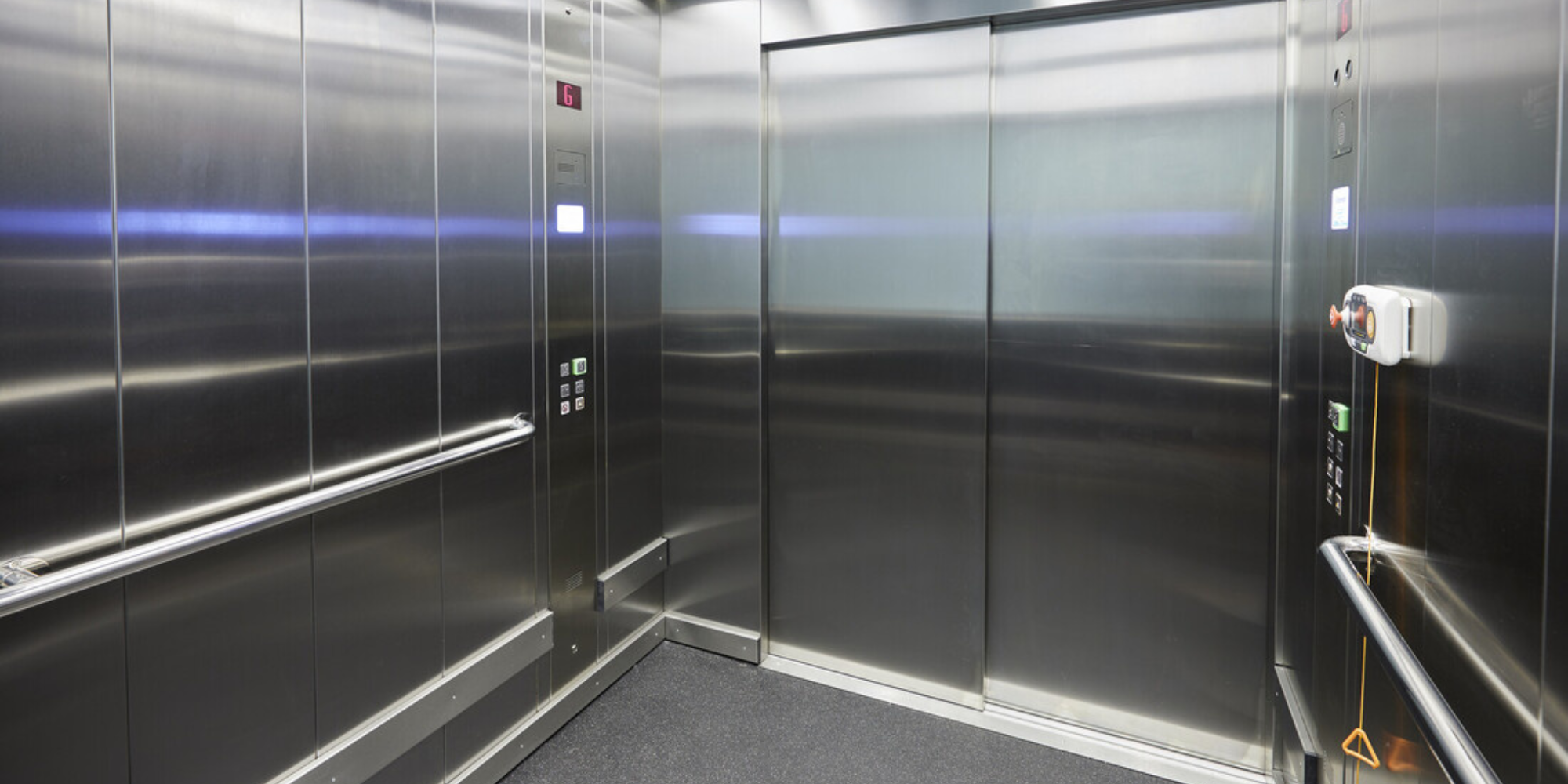Top Lift Companies in London: Offering Quality Installations and Maintenance
Top Lift Companies in London: Offering Quality Installations and Maintenance
Blog Article
Delving Into the Globe of Elevators: Usual Issues Encountered by Different Lift Devices
As we navigate with the upright transportation systems of modern buildings, lifts stand out as an important part of our daily lives. From hydraulic elevators to traction systems and machine-room-less styles, each lift kind comes with its collection of usual issues.
Hydraulic Elevators
Hydraulic lifts, usually chosen for low-rise buildings, use fluid stress to control the movement of the elevator cars and truck (lift repair companies). This device involves a hydraulic pump pushing oil into a cyndrical tube, causing the elevator to relocate the preferred instructions. While hydraulic lifts are recognized for their smooth and quiet operation, they do include their very own set of typical problems
One widespread trouble with hydraulic lifts is oil leakage. Furthermore, problems with the control system, such as faulty valves or a malfunctioning pump, can create disruptions in the elevator's movement.
Normal upkeep and timely repair work are vital to guarantee the smooth functioning of hydraulic lifts. By addressing these usual problems proactively, building proprietors can lessen downtime and guarantee the safety and efficiency of their upright transport system.
Traction Lifts
When thinking about vertical transport systems in buildings, an additional usual kind in addition to hydraulic lifts is the traction lift. Traction elevators operate making use of a system of ropes and counterweights that relocate the elevator car by clutching onto the hoist ropes. This system permits smoother and faster vertical transport compared to hydraulic systems.
Among the common concerns dealt with by traction lifts is rope wear. The constant motion of the ropes within the grip system can cause tear and use over time, possibly causing the lift to malfunction or end up being unsafe for usage. Normal assessments and maintenance of the ropes are crucial to guarantee the lift's proper functioning and security.
One more issue that traction lifts might experience is connected to the control system. Problems with the control system can result in concerns such as unpredictable activity, hold-ups in reaction times, and even full shutdowns. Regular testing and maintenance of the control system are important to stop such issues and make sure the lift's integrity.
Machine-Room-Less (MRL) Elevators

One of the vital elements of MRL elevators is the portable gearless traction device that is mounted within the hoistway. This maker efficiently drives the lift automobile without the need for large equipment located in typical grip elevators. In addition, MRL elevators generally make use of a counterweight system to stabilize the automobile, further improving their power effectiveness.
Regardless of their benefits, MRL elevators may encounter challenges associated with repair and maintenance due to the restricted room for devices installment. Accessibility for servicing components within the shaft can be limited, needing specialized training for professionals. Proper maintenance timetables and normal assessments are critical to ensure the continued smooth operation of MRL elevators.
Overloading and Weight Limit Issues
Straining and weight restriction problems are additional reading important worries in elevator procedures. Elevator manufacturers design raises with specific weight capacities to make certain guest safety and tools durability.
When elevators are overloaded, it places extreme strain on the motor, cords, click resources and other components, possibly triggering malfunctions or malfunctions. Safety and security systems such as sensing units and overload sensing units remain in place to stop lifts from moving if they detect excess weight. Furthermore, exceeding weight limitations can cause enhanced power usage and damage on the elevator system.
To mitigate overwhelming concerns, developing managers should plainly present weight limitations in lifts and educate owners on the significance of sticking to these restrictions - lift repair companies. Normal maintenance checks by qualified technicians can likewise aid guarantee that lifts are the original source operating within secure weight parameters. By resolving overloading and weight limit problems proactively, structure proprietors can enhance elevator safety and security and efficiency
Electric System Failures
Surpassing weight limitations in lifts can not just lead to mechanical concerns yet likewise potentially contribute to electrical system failings within the lift framework. Electric system failings are a critical problem in lift procedure, as they can cause unexpected closures, breakdowns, or even safety and security threats.
Regular upkeep and inspections are essential to recognize and deal with possible electrical problems promptly, making sure the reliable and safe procedure of lift systems. By adhering to weight restrictions and conducting routine electric system checks, building owners can mitigate the danger of electric failings in elevators.
Verdict

Hydraulic elevators, typically liked for low-rise structures, use fluid pressure to manage the movement of the lift automobile.When considering upright transport systems in buildings, an additional common kind aside from hydraulic lifts is the traction lift. Traction elevators run using a system of ropes and weights that relocate the elevator cars and truck by gripping onto the hoist ropes. Unlike traditional elevators that call for a separate maker area to house the equipment, MRL lifts incorporate most of the elements within the shaft, removing the need for a committed device space.In verdict, lifts face typical concerns such as hydraulic malfunctions, traction system failures, and electrical system issues.
Report this page